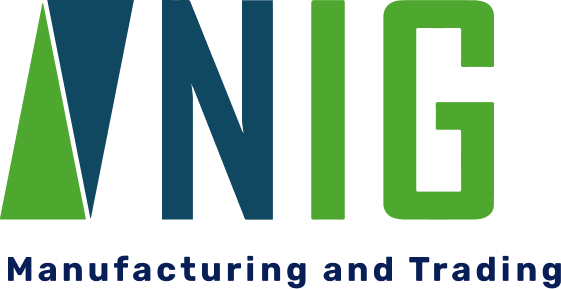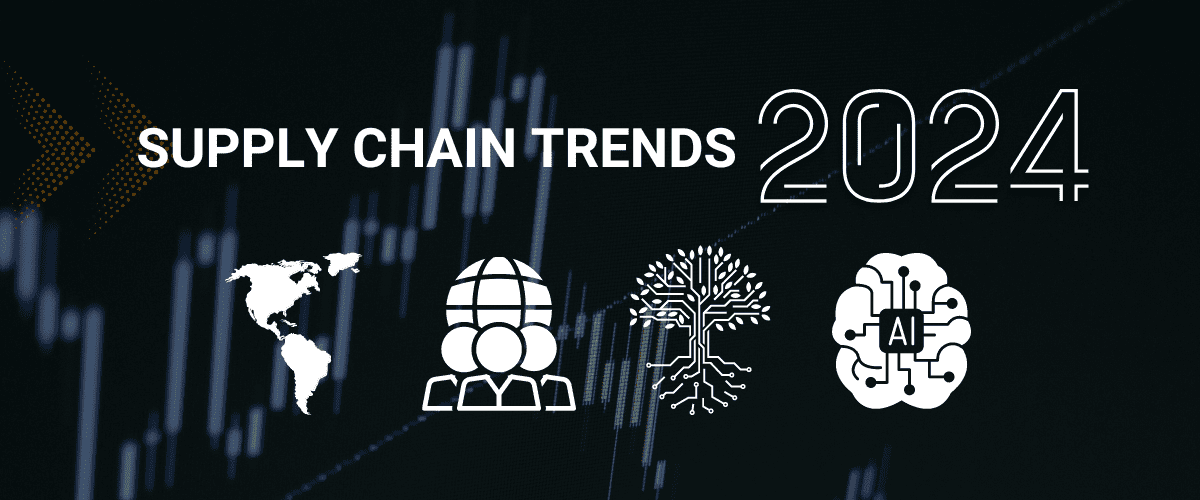Executive Summary
As global supply chains continue to evolve post-pandemic and amidst rising geopolitical uncertainties, Vietnam has emerged as a preferred sourcing destination. Multinational companies, SMEs, and procurement professionals increasingly turn to Vietnam for its manufacturing capabilities, stable economic environment, and rapidly advancing digital infrastructure. This report analyzes the current trends in supplier sourcing in Vietnam, highlights key industries, explores procurement strategies, and offers insights for companies looking to establish or expand their supplier base in the region.
1. Strategic Shift Toward Vietnam in Global Supply Chains
Over the past five years, Vietnam has witnessed a surge in international companies relocating or expanding sourcing operations from traditional hubs such as China. Key factors driving this trend include:
- China+1 Strategy: Enterprises diversifying their supply chains to mitigate over-reliance on China.
- FTA Advantages: Vietnam’s participation in numerous free trade agreements (e.g., EVFTA, CPTPP, RCEP) reduces tariffs and facilitates trade.
- Stable Business Climate: Pro-business reforms, low inflation, and consistent GDP growth contribute to investor confidence.
2. Digital Transformation of Supplier Search and Engagement
Finding suppliers in Vietnam is increasingly facilitated by digital platforms, AI-based sourcing tools, and B2B e-commerce ecosystems. Notable trends include:
- Rise of B2B Marketplaces: Platforms like Alibaba, VietnamTradePortal, and local B2B portals are increasingly used to access verified suppliers.
- Use of AI and Supplier Databases: Sourcing professionals now rely on machine learning tools to shortlist vendors based on performance, sustainability, and delivery metrics.
- Virtual Audits and Factory Visits: As travel remains volatile, buyers conduct supplier assessments through video audits, digital certifications, and real-time data integration.
3. Key Sectors with Supplier Growth
Vietnam has made substantial investments in several high-potential sectors for global sourcing:
- Electronics and Semiconductors: Fueled by government incentives and foreign investment, Vietnam is fast becoming a regional electronics hub.
- Textiles and Apparel: Despite competition, Vietnam maintains its position as a top global exporter, thanks to a skilled workforce and compliance standards.
- Furniture and Wood Products: With vast forest reserves and quality craftsmanship, Vietnam is a key exporter to the U.S. and Europe.
- Mechanical and Industrial Components: The rise of supporting industries for machinery, automotive, and precision engineering aligns with higher value-added production trends.
4. ESG and Sustainability in Supplier Selection
There is a marked shift toward responsible sourcing:
- Environmental Compliance: Suppliers in Vietnam are adapting to meet EU and U.S. sustainability criteria, especially around waste reduction and carbon footprint.
- Social Responsibility: Buyers increasingly demand labor standard adherence, audited working conditions, and ethical certifications.
- Governance and Transparency: Suppliers are expected to maintain traceable practices, documented transactions, and transparent pricing.
5. Challenges in Sourcing Locally
Despite the opportunities, sourcing in Vietnam poses certain challenges:
- Fragmentation: Many suppliers are SMEs with limited export readiness or digital presence.
- Quality Control: Inconsistent standards require thorough vetting and performance monitoring.
- Language and Culture: Communication barriers may hinder negotiation and alignment unless intermediaries or local teams are engaged.
- Logistics Infrastructure: While improving, inland transportation and port congestion can still impact delivery reliability.
6. Strategic Recommendations for Buyers
Companies seeking to build a supplier base in Vietnam should consider:
- Partnering with Local Procurement Hubs: Entities like NIG’s Purchasing Hub Service offer localized expertise, supplier networks, and end-to-end support for sourcing and vendor management.
- Using Hybrid Vetting Models: Combine digital tools with on-the-ground inspections and references.
- Building Long-Term Relationships: Focus on supplier development and training for mutual scalability and resilience.
- Incorporating ESG Metrics: Align sourcing criteria with sustainability goals to future-proof supply chain partnerships.
Conclusion
Vietnam is no longer just an alternative sourcing destination—it is a strategic procurement frontier. With its evolving industrial landscape, digital integration, and increasing compliance with global standards, Vietnam presents compelling opportunities for businesses aiming to diversify and strengthen their supplier portfolios.
As sourcing trends continue to favor agility, transparency, and innovation, engaging with trusted procurement partners and leveraging localized sourcing expertise will be essential to unlocking Vietnam’s full potential in your supply chain strategy




